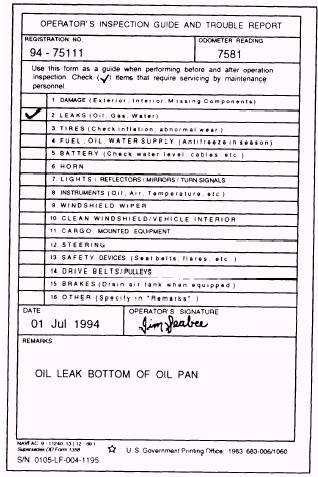

Eisenhower, who was Supreme Commander of the Allied Expeditionary Force in Europe in World War II, wrote in his memoirs that most senior officers regarded it as one of the five pieces of equipment most vital to success in Africa and Europe. Moreover: military jeeps were adopted by countries all over the world, to this day – so much that they have become the most widely used and recognizable military vehicle in history. Hyde wrote: "In many respects, the jeep became the iconic vehicle of World War II, with an almost mythological reputation of toughness, durability, and versatility." Not only did it become the workhorse of the American military, as it replaced the use of horses and other draft animals (still heavily used in World War I) in every role, from cavalry units to supply trains, but improvised field modifications also made the jeep capable of just about any other function G.I.s could think of. Aside from large amounts of 1 1⁄ 2- and 2 1⁄ 2‑ton trucks, and 25,000 3⁄ 4‑ton Dodges – some 50,000 1⁄ 4‑ton jeeps were shipped to help Russia during WWII – against Nazi-Germany's total production of just over 50,000 Kübelwagens, the jeep's primary counterpart.

allies, including the Soviet Union at the time.

Large numbers of jeeps were provided to U.S. non-combat motor vehicles produced during the war, or almost two-thirds of the 988,000 light 4WD vehicles produced, when counted together with the Dodge WC series. With almost 650,000 units built, the jeep constituted a quarter of the total U.S. had during WWII." It was the world's first mass-produced light four-wheel drive car. The jeep became the primary light-wheeled multi-role vehicle of the United States military and its allies, with President Eisenhower once calling it "one of three decisive weapons the U.S. Army Truck, 1⁄ 4-ton, 4×4, Command Reconnaissance, commonly known as the Willys Jeep, Jeep, or jeep, and sometimes referred to by its supply catalogue designation G503, were highly successful American off-road capable light military utility vehicles, built in large numbers to a single standardized design, for the United States and the Allied forces in World War II from 1941 until 1945. The Willys MB and the Ford GPW, both formally called the U.S.


 0 kommentar(er)
0 kommentar(er)
